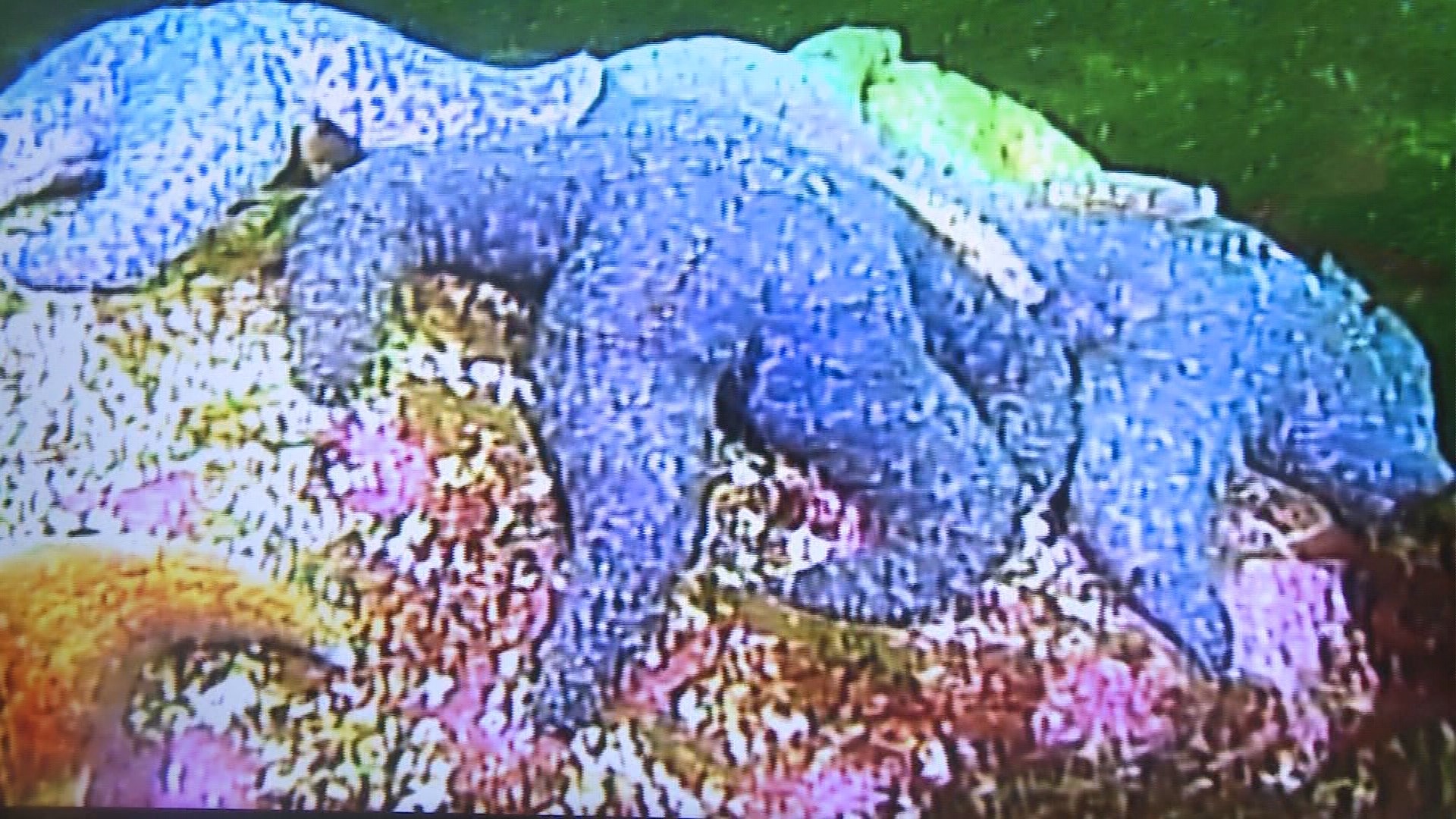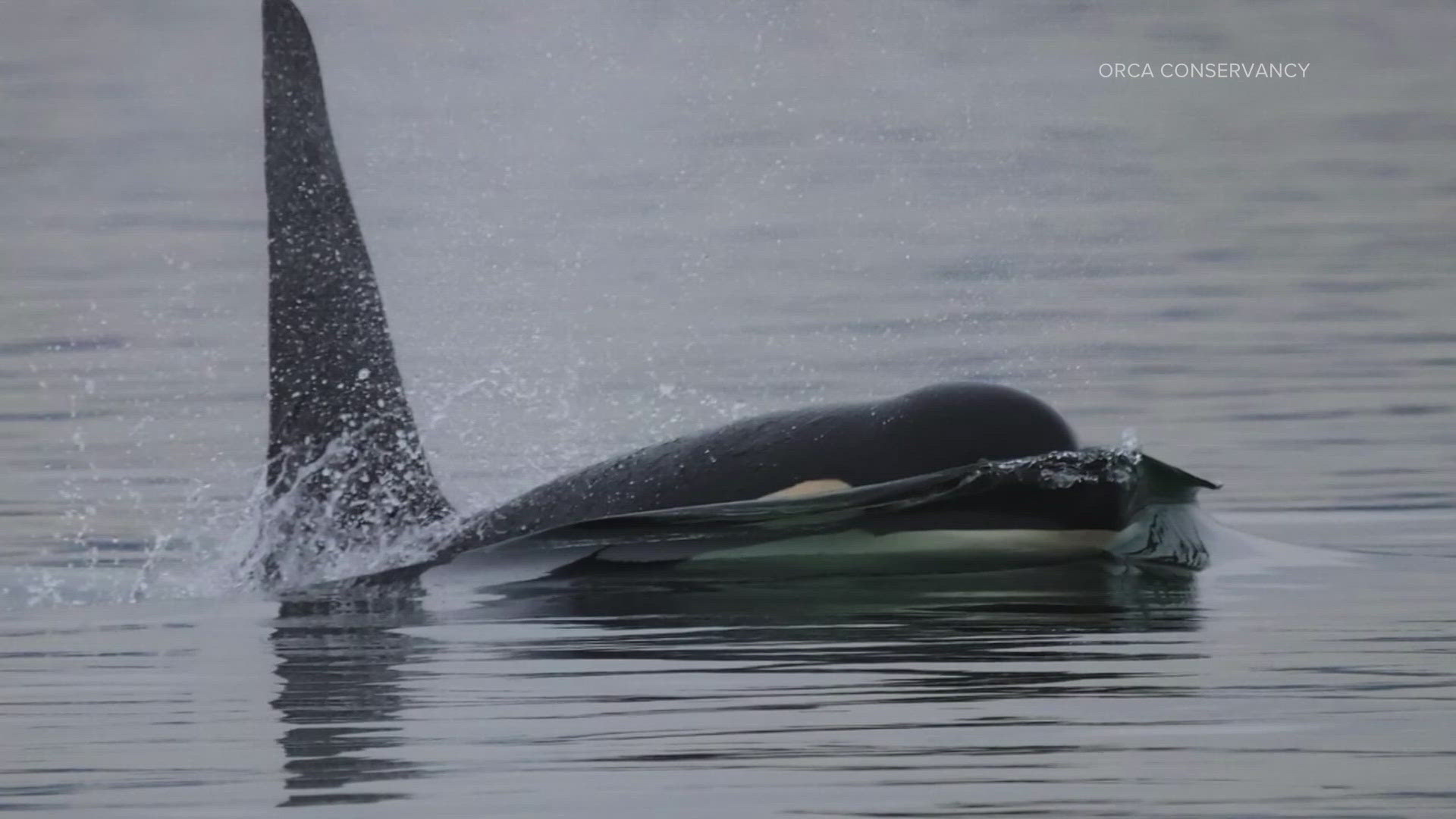"These are purple sea stars here. This is a leather star," Rus Higley showed while diving near Maury Island.
Higley works for Highline Community College. He and Randy Williams, a member of Washington Scuba Alliance, used a camera underwater with other divers to show KING 5 what they found. They wanted to see the results of a project from last year that no one had done there before.In September, the Department of Natural Resources (DNR) decided to remove pilings left behind from gravel mining. The pilings were covered with a toxic preservative called creosote. It's bad for fish and other marine life.
"Creosote is more or less a toxic cocktail of over 300 chemicals. These toxic chemicals leech from a piece of treated wood for its entire lifespan," explained DNR spokesperson Jordanna Warneck.The state's removed about 17,000 tons of toxic pilings in the last decade.
This time, DNR wanted to get rid of the toxins, but save the animals. Divers relocated dozens of species. Seven months later, they returned to see what survived."What we're trying to do today is we're trying to assess how the site has changed with the removal of the pilings," Higley said.
The project was a partnership with DNR, Washington Scuba Alliance (WSA) and the Reef Environmental Education Foundation (REEF)."This rock is covered in plumose anemones. These are one of the main animals we find growing on the pilings. For some reason, the poison of the pilings doesn't bother them. Removing them is obviously going to change their numbers."
What they found, they're calling a success. Many of the animals found new homes and appeared healthy.Higley says the purple sea stars are "keystone species," an important sighting for the health of Puget Sound.
"Like a sea otter, like a wolf. When you remove the stars, it actually has what are called trophic changes, it has these huge impacts on the food web. You get a domino through this. So, if we change their habitat, do we affect it in ways we don't even realize?" he said.Altogether, divers counted 10 species of fish and 13 kinds of invertebrates.
"So, in effect by removing the creosote we're enhancing habitat for salmon, herring, forage fish and a host of other species by removing the chemicals that would otherwise persist in the food web," Warneck said.

